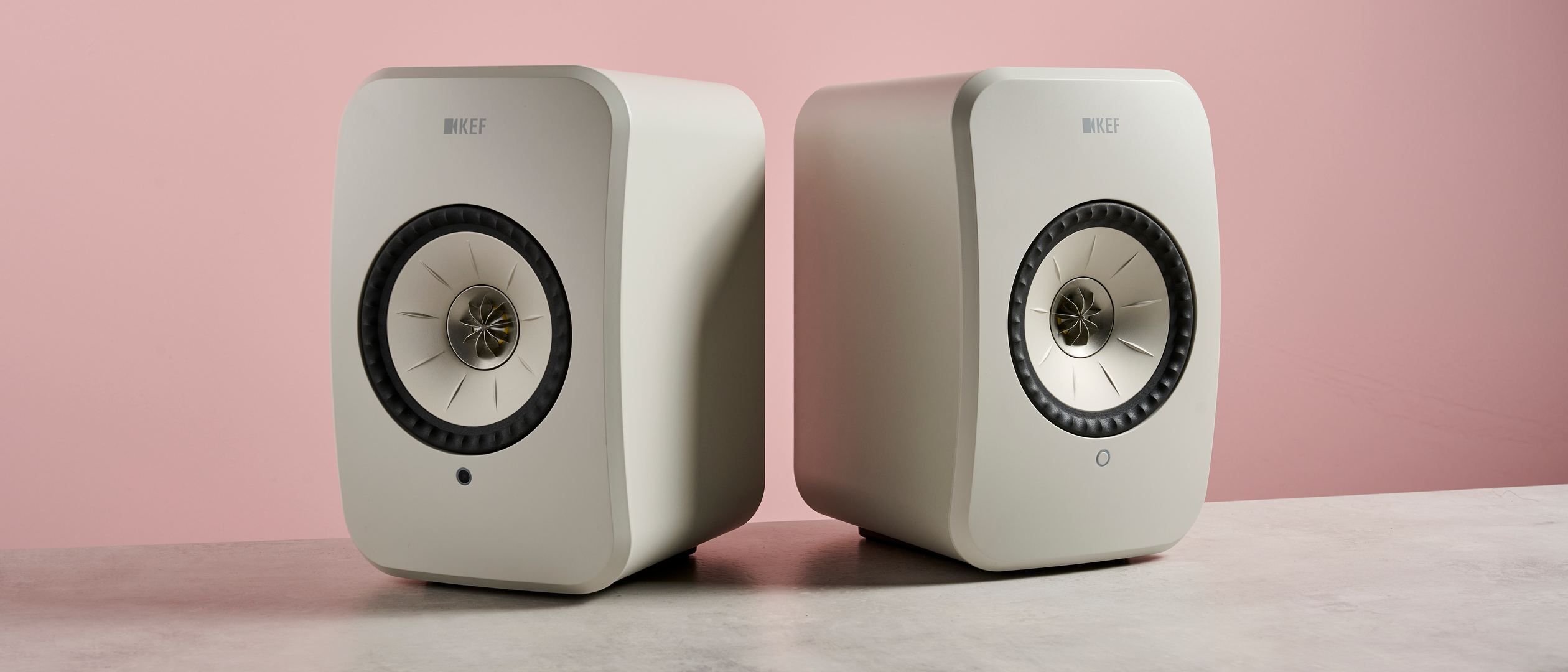TechRadar Verdict
The KEF LSX II LT demonstrates that high-quality stereo sound needn’t come at the expense of convenience (or of your interior decor). An excellent, simple streaming hi-fi system for the modern age, though turntable owners should beware the lack of analog input.
Pros
- +
Compact and good-looking
- +
Adroit, entertaining sound
- +
Extensive connectivity
Cons
- -
No analog input
- -
Not the scale or power to fill a bigger room
Why you can trust TechRadar
KEF LSX II LT: one-minute review
The KEF LSX II LT is an attempt to democratise (a little) the sound and tech expertise that has put KEF has among the front-runners where the ‘entire hi-fi system in a pair of speakers’ category is concerned for almost a decade now.
The KEF LSX II LT is a streaming sound system contained in two compact, good-looking and beautifully finished loudspeakers. A system that’s capable of handling high-resolution digital audio information from any source you care to mention – including your TV. A system that sounds detailed and organized, dynamic and rhythmically adept. A system that digs deep into the frequency range and summons quite startling low-frequency presence while it offers clarity at the opposite end to rival any of the best wireless speakers.
It’s not perfect, of course – how could it be? Its dimensions dictate that it struggles to fill larger listening spaces with sound, which is understandable. It goes without any analog inputs, which means it may not be suitable for some people – its bigger brother, the LEF LSX II, has them (and see the Kanto Ren for a vinyl-friendly alternative, just without Wi-Fi). But as long as these shortcomings don’t impact on your specific use case, it’s hard to raise meaningful criticism here – this absolutely ranks among the best stereo speakers for wireless hi-res fans.
KEF LSX II LT review: Price and release date
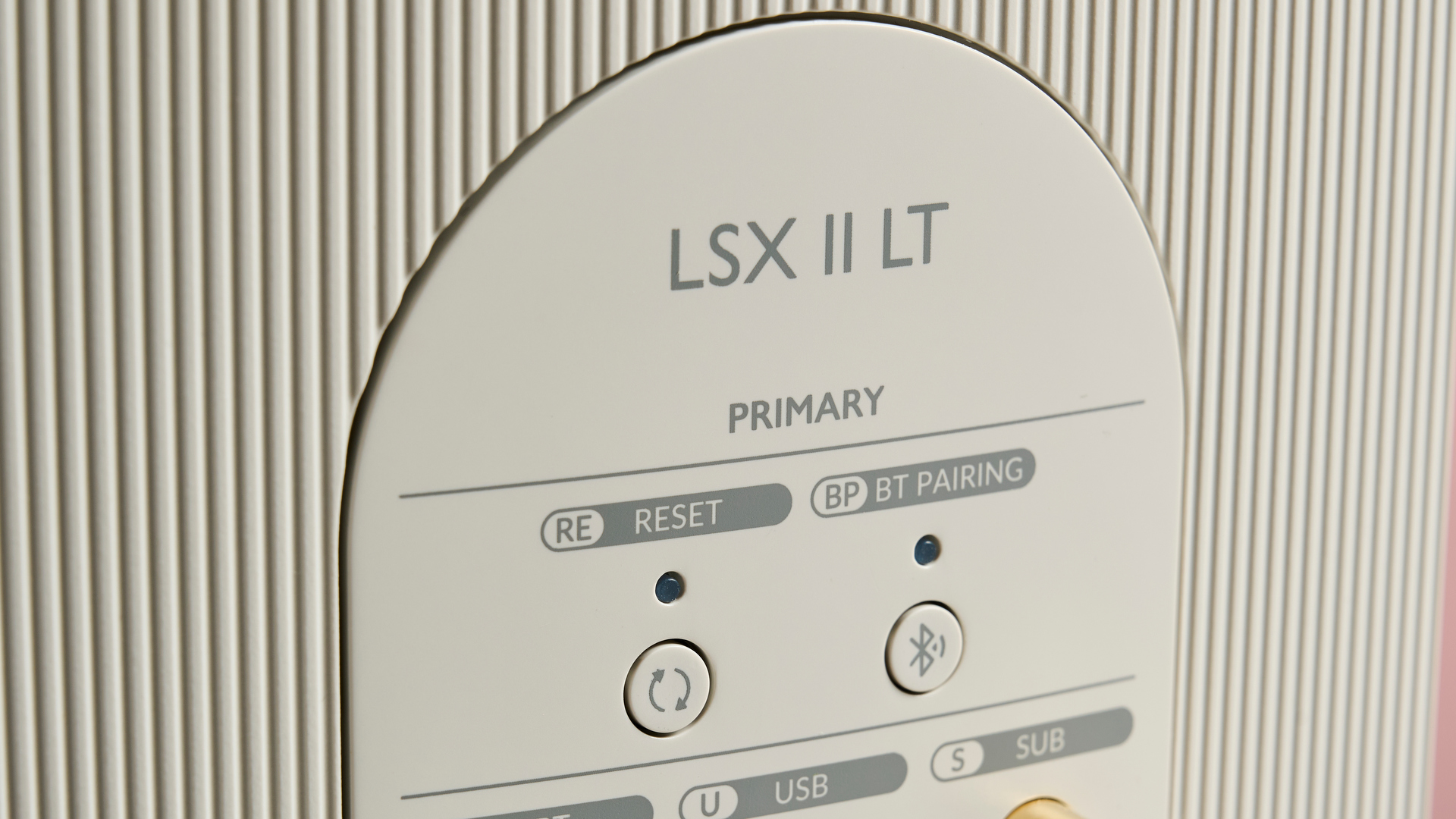
The KEF LSX II LT wireless active speaker system is on sale now, and in the United Kingdom it sells for £899. It goes for $999 in the United States, while in Australia it’s yours for AU$1,699.
Thanks in no small part to KEF's efforts in the wireless stereo area, the LSX II LT is not without competition. DALI, Klipsch and Q Acoustics (to name just a few) have similarly specified alternatives with which to tempt you.
Probably most notably, for slightly less than the KEF, you can get the Kanto Ren or the larger floorstanding Q Acoustics M40 HD cost around the same as the tiny KEFs. So even though these are KEF's cheapest option, they're not super-cheap still.
KEF LSX II LT review: Features
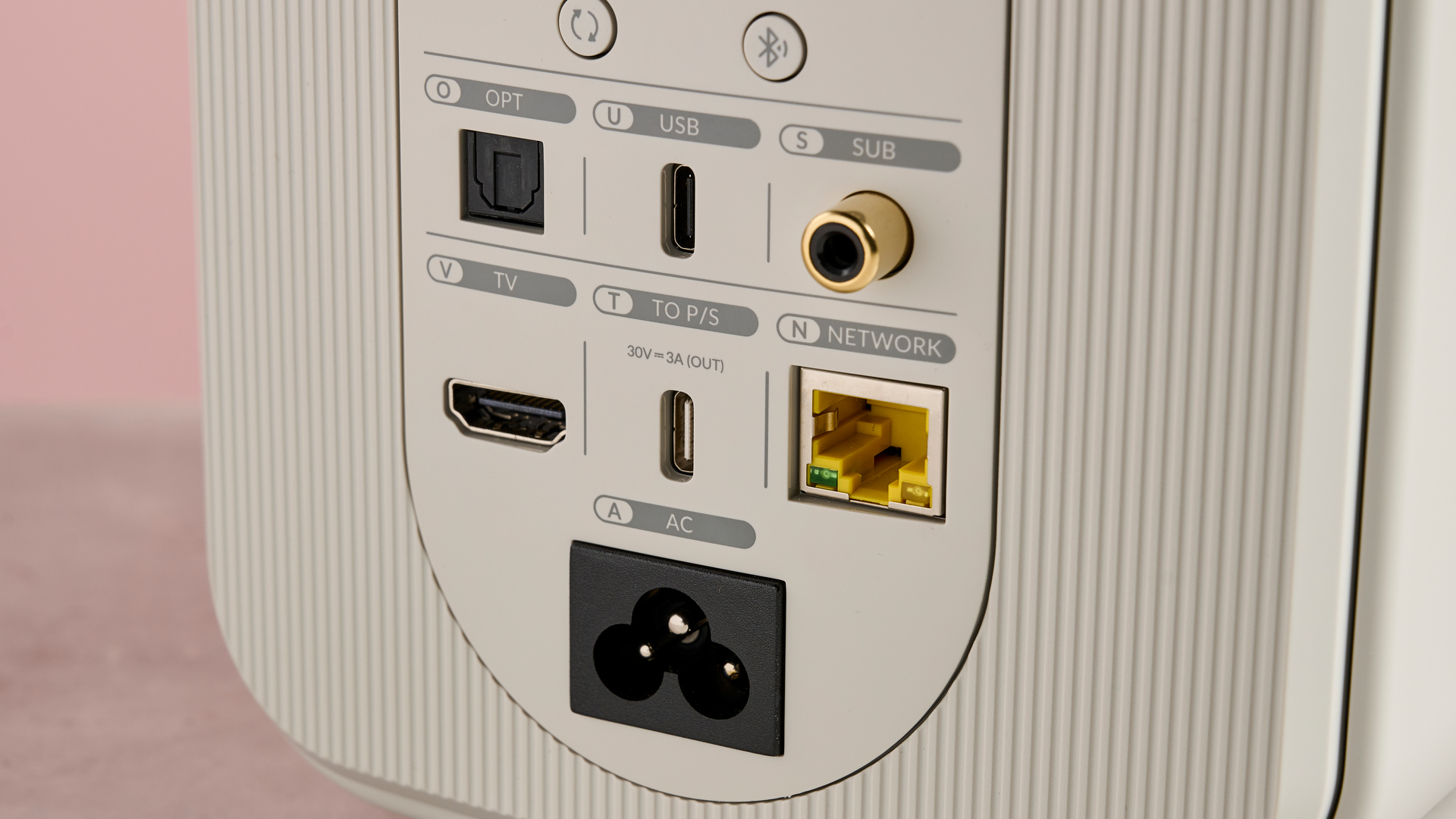
- Uni-Q coaxial drivers
- 200 watts of Class D power
- Plenty of input options
Higher up its model ranges, KEF is now onto the 12th generation of its distinctive Uni-Q speaker driver arrangement. The LSX II LT, though, uses the same 11th generation unit as is fitted to the larger KEF LSX II. This means a 19mm aluminium dome tweeter is positioned in the center of a 115mm magnesium/aluminum mid/bass driver – this arrangement precisely positions the acoustic center of each unit in an effort to deliver optimum time-alignment. Each tweeter receives 30 watts of Class D power and each mid/bass driver 70 watts, delivering a claimed frequency response of 54Hz - 28kHz.
There’s a hierarchy of units in each pair of LSX II LT speakers, of course. The primary unit is home to dual-band Wi-Fi and Bluetooth 5.0 with SBC and AAC codec compatibility, as well as an Ethernet input, an HDMI ARC socket, digital optical and USB-C inputs as well as a pre-out for a subwoofer and a power connection. Apple AirPlay 2, Chromecast, Spotify Connect, TIDAL Connect, and UPnP devices are all available, and the KEF Connect control app can host Amazon Music, Deezer, Qobuz and internet radio too. A second USB-C slot, grouped with all the other socketry below the neat bass reflex port on the rear of the speaker, is for connecting this primary speaker to its partner – which gives you flexibility in terms of cable length.
Digital audio file compatibility is extensive, and the LSX II LT can deal with file resolutions of up to 24bit/384kHz via a network connection. The USB-C and digital optical inputs can handle 24bit/96kHz stuff, and the HDMI ARC tops out at 16bit/48kHz. Incoming audio information is pored over by KEF’s ‘music integrity engine’ signal processing algorithms before resampling to 24bit/96kHz resolution.
This is a pretty thorough line-up of features for a product of this type, it’s true - but I can’t help hankering after an analogue input or two. Apparently the best record players are all the rage again, and it might be nice to be able to incorporate one with a wired connection… they'll work with a Bluetooth turntable, though.
- Features score: 4.5/5
KEF LSX II LT review: Sound quality
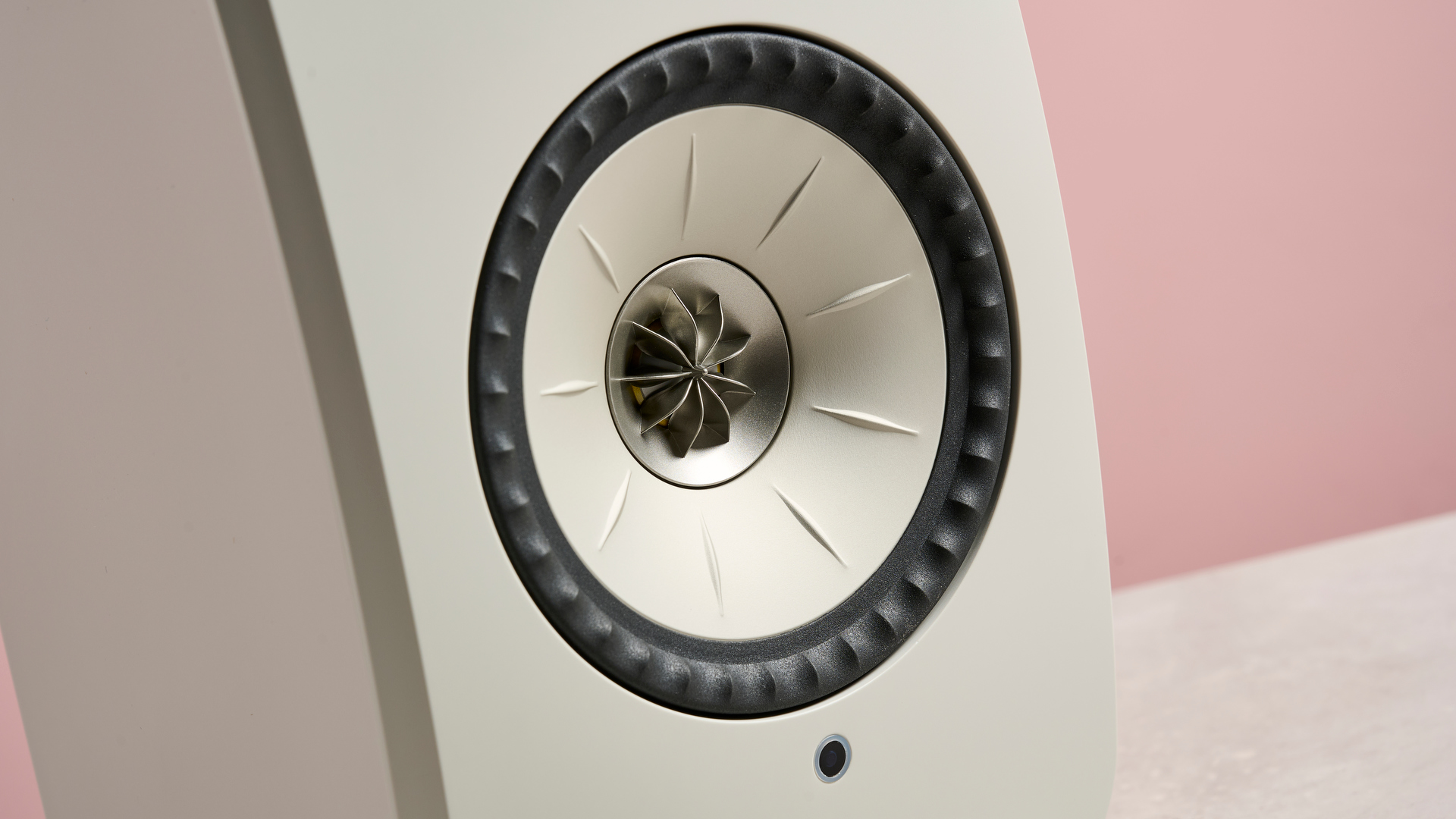
- Deft, entertaining sound
- Plenty of detail and frankly unlikely dynamism available
- Lacking a little where sheer scale of sound is concerned
The KEF LSX II LT is hardly the only digital audio system that does its best work when given some nice big hi-res audio files to deal with; so as long as you have some appropriate content on network-attached storage or via one of the best music streaming services that offers meaty quality, the KEF will give you everything it’s got.
Which, in the final analysis, turns out to be plenty. A 24bit/96kHz FLAC file of Arooj Aftab’s Last Night streamed via TIDAL Connect is agile, entertaining and utterly convincing – tonality, from the top of the frequency range to the bottom, is nicely neutral and consistent, and the LSX II LT never understates or overcooks any aspect of it; the sweep from top to bottom is smooth and believable. Detail levels are high at every turn, and the KEF has plenty of relevant observations to make about the timbre and texture of instruments or voices at every turn.
Despite the speakers’ unpromising dimensions and the bog-standard amount of power available, the system manages quite impressive low-frequency punch and substance. Bass sounds hit respectably hard, dig impressively deep, and are never less than properly controlled where the leading edge of sounds is concerned – and so it never has any problems expressing rhythms or handling tempos.
The LSX II LT communicates unequivocally through the midrange, which means vocalists of all types have their character and disposition made obvious. And at the top of the frequency range, the speakers attack with crisp determination (although without ever threatening to get splashy or hard, even if you like to listen at the upper limits of the volume the KEF is capable of).
There’s a fair amount of dynamic headroom available too, so even when a recording (or a movie, if you’re using the HDMI ARC socket) shifts it up from ‘basically silent’ to ‘all-out attack’ the system is able to make the differences obvious. Lower-level dynamic harmonic variations get the same sort of attention, too, so there’s convincing expression of the fluctuations evident from note to note when listening to a solo instrument.
That the LSX II LT is short of outright scale can’t be denied, but it creates a fairly extensive soundstage and organizes it really well. There’s adequate room for even more complex recordings to be laid out coherently, and the system demonstrates positivity and confidence in this regard. There's more than enough space for each element of a recording to stretch out without being impacted on by any other element – but, at the same time, the LSX II LT presents recordings as a unified whole.
- Sound quality score: 5/5
KEF LSX II LT review: Design
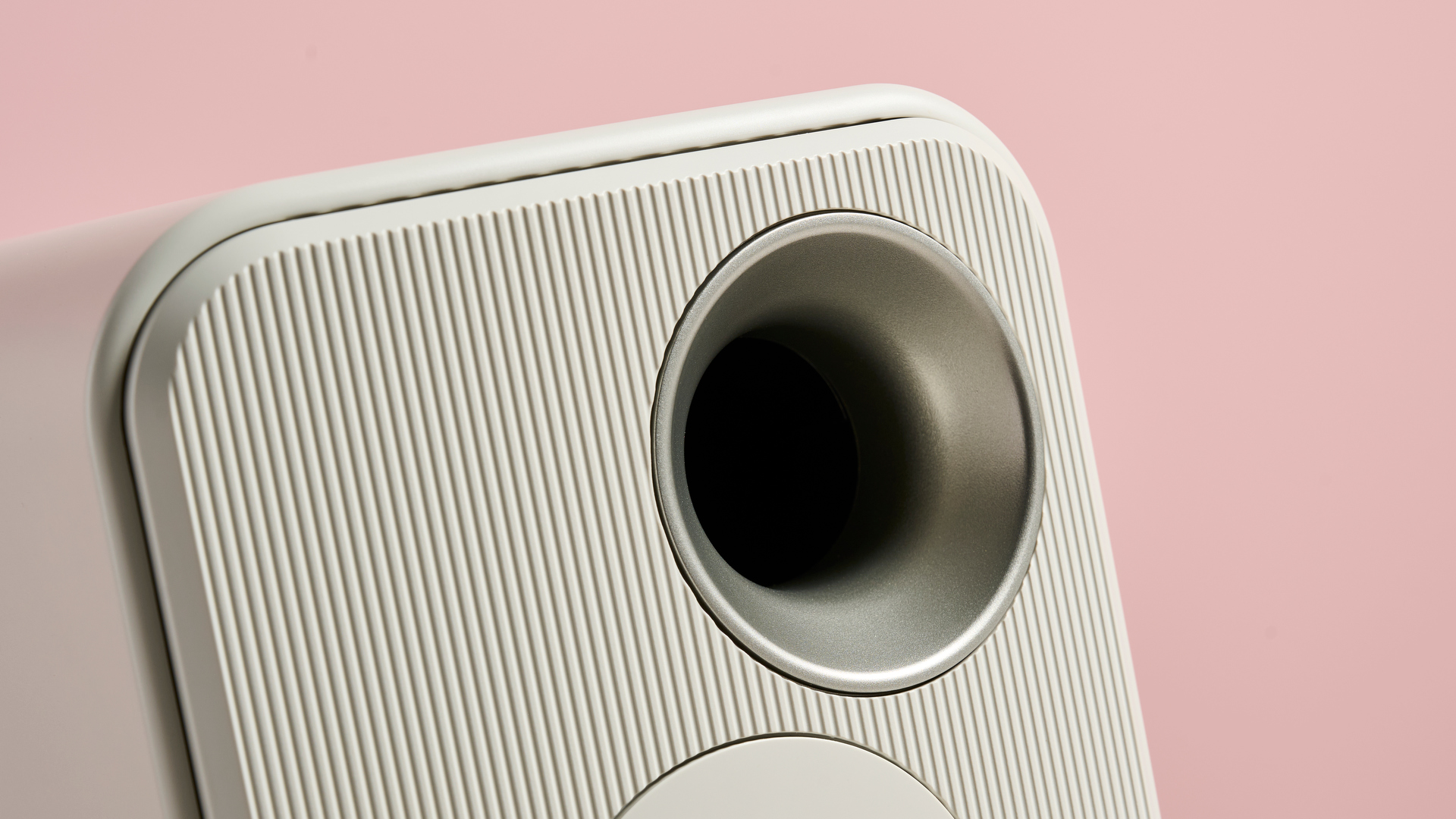
- Choice of unusual finishes
- 240 x 155 x 180mm (HxWxD)
- Mildly interesting cabinet shape
As with its more expensive wireless speaker systems, KEF has commissioned Michael Young to see if a bit of mild ‘designing’ might be in order – and he’s created a speaker cabinet with very few parallel lines. All by itself, this is enough for the LSX II LT to stand out among all its boxy rivals – the fact that the shape is acoustically optimized doesn’t do any harm either.
At a tidy 240 x 155 x 180mm (HxWxD) per speaker, the LSX II LT will sit happily on a shelf or desktop, as long as power is reasonably close by – or there are stands available if you prefer. The available finishes (sage green, stone white and graphite grey) only add to the decorative quotient.
- Design score: 5/5
KEF LSX II LT review: Usability & setup
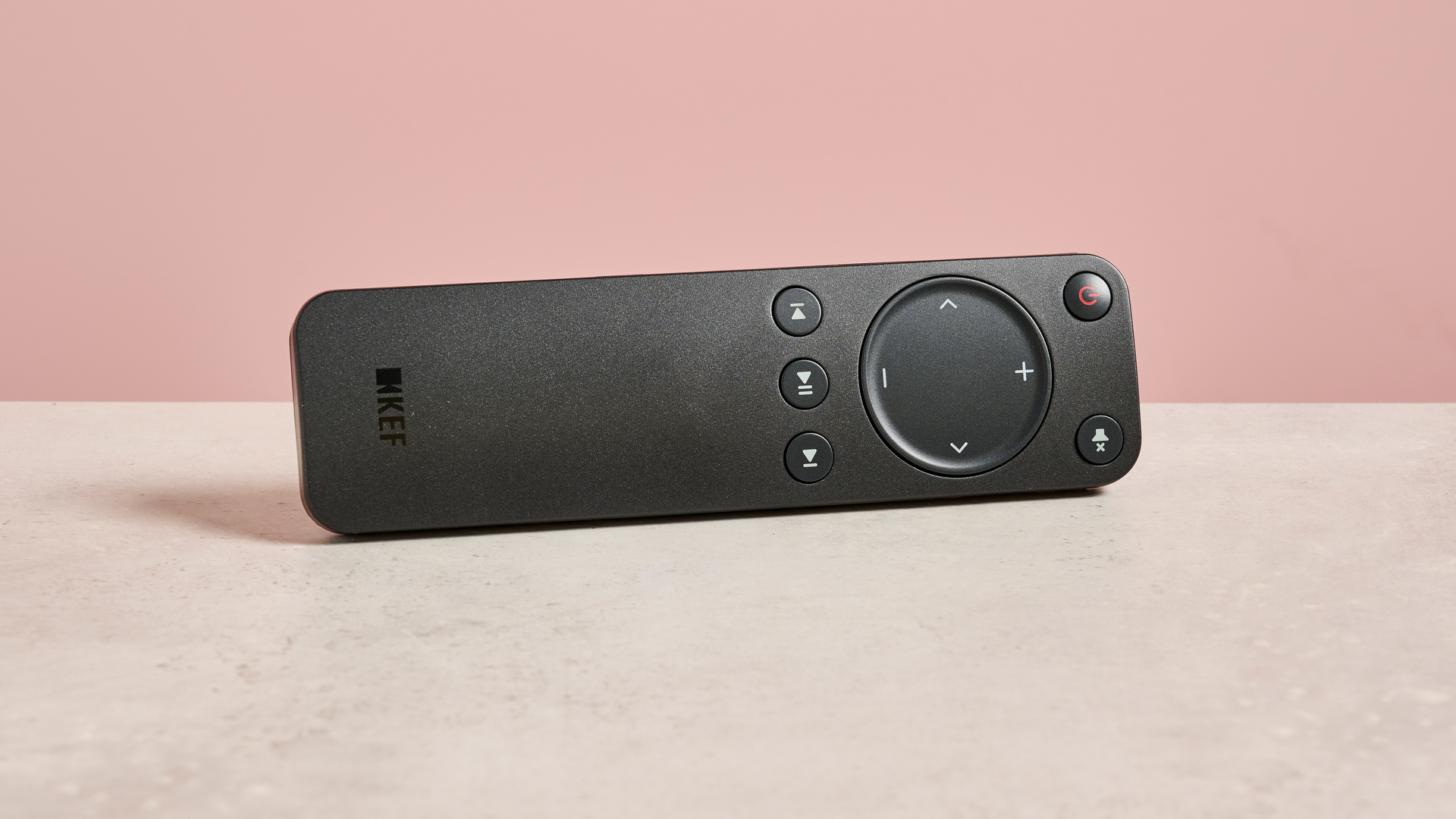
- App or remote handset control
- Primary speaker needs power connection
- Speakers must be connected by a cable
Between the KEF Connect control app (free for iOS and Android) and the little remote control handset that comes as part of the system, getting what you want from the LSX II LT is easy. The app covers off all the obvious stuff, and more besides – you can finesse EQ settings, integrate your LSX II LT into a smart-home system, designate the primary speaker as the ‘left’ or ‘right’ channel (great flexibility in the placement), access your local media servers, set volume limits and plenty more.
The remote control, meanwhile, just takes care of the obvious ‘play/pause’, ‘skip forwards/backwards’ ‘volume up/down/mute’, ‘power on/off’ and input selection stuff.
As far as ‘setup’ goes, there’s really nothing to it. The primary speaker requires mains power, and needs connecting to the secondary speaker using a length of USB-C /USB-C cable. After that, it’s simply a question of making physical connections to your source devices and integrating your favourite streaming service(s) into the app if the ‘Connect’ version isn’t already supported.
- Usability score: 5/5
KEF LSX II LT review: Value
- Superb sound for the price
- Easy and flexible to set up
- Small size and lack of analog may be limiting
There’s unarguable value on offer here, no two ways about it. As a combination of facilities and functionality, industrial design, usability and out-and-out sound quality, it’s hard to lay a glove on the KEF LSX II LT.
Unless you have analog sources you’d like to listen to, or you live in an aircraft hangar, it’s difficult to raise a meaningful objection to what your money buys you… these are premium speakers that can satisfy audiophiles, at a very fair price for that quality.
- Value score: 4/5
Should I buy the KEF LSX II LT?
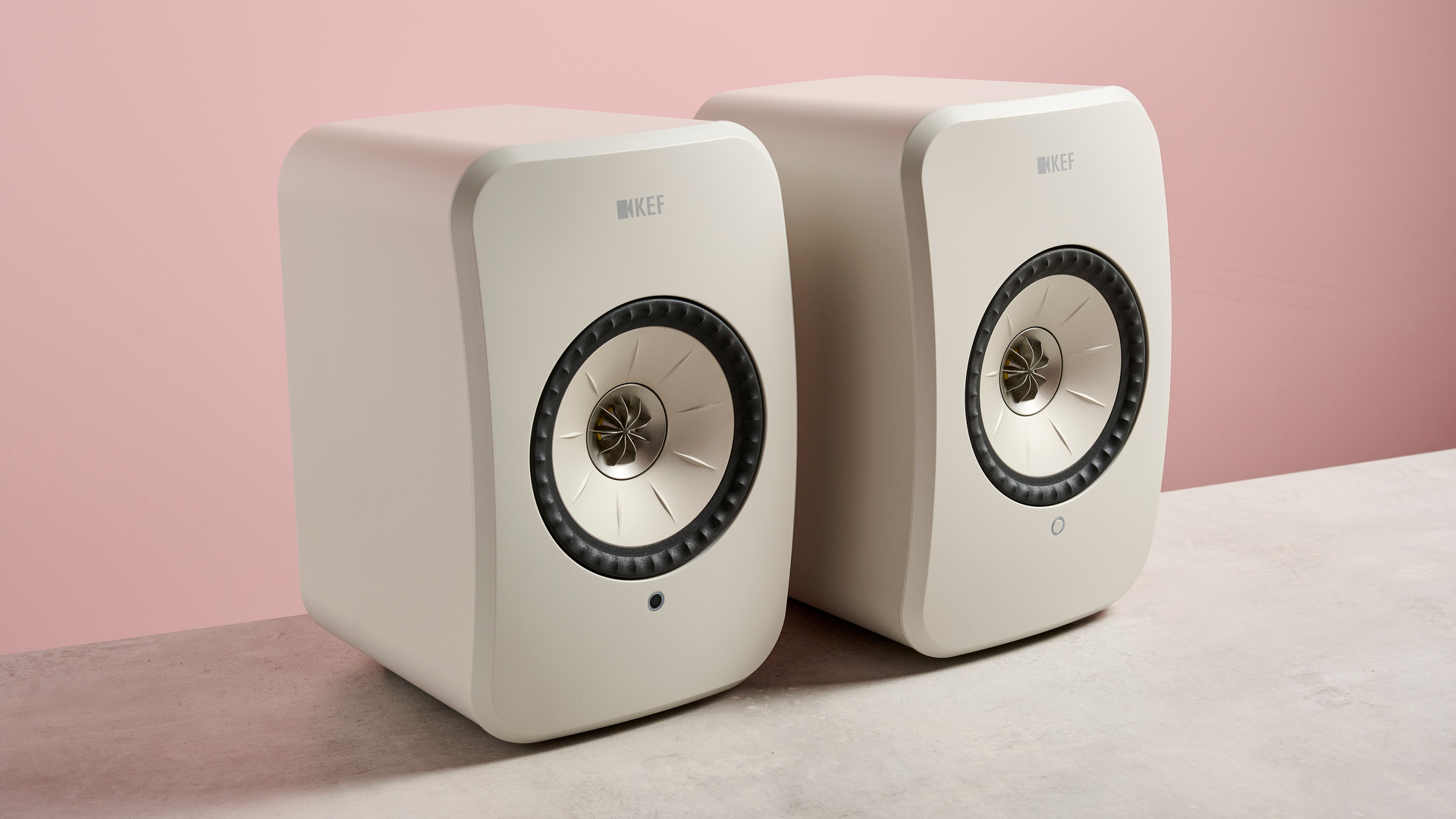
Buy it if…
You want great sound with next-to-no effort
If you can’t get the LSX II LT up and running is next-to-no time, you’re not trying hard enough.
You admire good industrial design
It’s hard to make a product like this look distinctive, but between the coaxial drivers and the unusually shaped cabinet, the KEF gets closer than most.
You’re a ‘digital only’ sort of listener
Pretty much every source of digital audio content is catered for here, whether it’s connected wirelessly or physically.
Don't buy it if…
You have an analog source or two
The lack of analog inputs is the KEF system’s biggest shortcoming.
You want to fill a big space with sound
Look elsewhere. And be prepared to spend more money.
You have big bass concerns
The low frequencies available here are deep, detailed and very nicely controlled – but they’re not about to make your curtains flap. Again, you'd need something larger.
KEF LSX II LT review: Also consider
KEF LSX II
We've mentioned them already, but the bigger (and more expensive) sibling of the LT have the analogue connections that this one lacks, and a little more power for filling larger spaces.
Q Acoustics M40 HD
Now this is how you full a room. Active floorstanding speakers, for slightly less money than the KEF. However, there's no Wi-Fi (just Bluetooth), so they're not quite as smart as the KEF. Read our five-star Q Acoustics M40 HD review for more what makes them so good.
Kanto Ren
If you want something compact like the LSX II LT, but with analog connections, we love these. Again, there's no Wi-Fi – just Bluetooth for wireless – but they do an excellent job, and come in fetching finishes. Here's our five-star Kanto Ren review for the all the details.
Simon Lucas is a senior editorial professional with deep experience of print/digital publishing and the consumer electronics landscape. Based in Brighton, Simon worked at TechRadar's sister site What HiFi? for a number of years, as both a features editor and a digital editor, before embarking on a career in freelance consultancy, content creation, and journalism for some of the biggest brands and publications in the world.
With enormous expertise in all things home entertainment, Simon reviews everything from turntables to soundbars for TechRadar, and also likes to dip his toes into longform features and buying guides. His bylines include GQ, The Guardian, Hi-Fi+, Metro, The Observer, Pocket Lint, Shortlist, Stuff T3, Tom's Guide, Trusted Reviews, and more.
You must confirm your public display name before commenting
Please logout and then login again, you will then be prompted to enter your display name.
